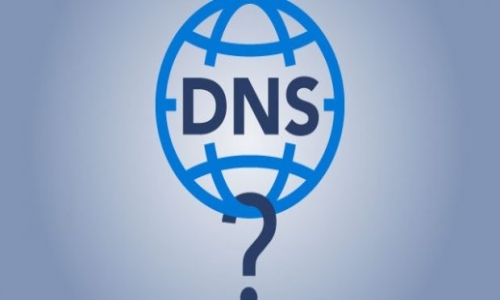DNS stands for "Domain Name System" and is a system that matches the IP addresses of computers and other devices on the Internet with more meaningful and memorable domain names. Every device on the Internet has an IP address, but people often have difficulty remembering numerical IP addresses. Therefore, DNS allows users to access websites using meaningful domain names such as www.example.com.
DNS has a hierarchical structure and operates in a distributed manner throughout the world. Within this hierarchy, at the top are the "root DNS servers", below are the top-level domain name (TLD) servers, then the domain registrar servers, and at the bottom are the registries for custom domain names.
When a user tries to access a website, the browser first sends this request to the local DNS server. If the local DNS server knows the IP address of the desired domain name, it transmits this information to the browser, allowing the user to access the desired site. If the information is not available, the local DNS server moves through the hierarchy, making queries until it finds the required IP address and eventually returns it to the browser.
DNS makes communication on the Internet more user-friendly and efficient because people can use meaningful domain names and communication between computers is enabled by IP address resolution that then takes place.




